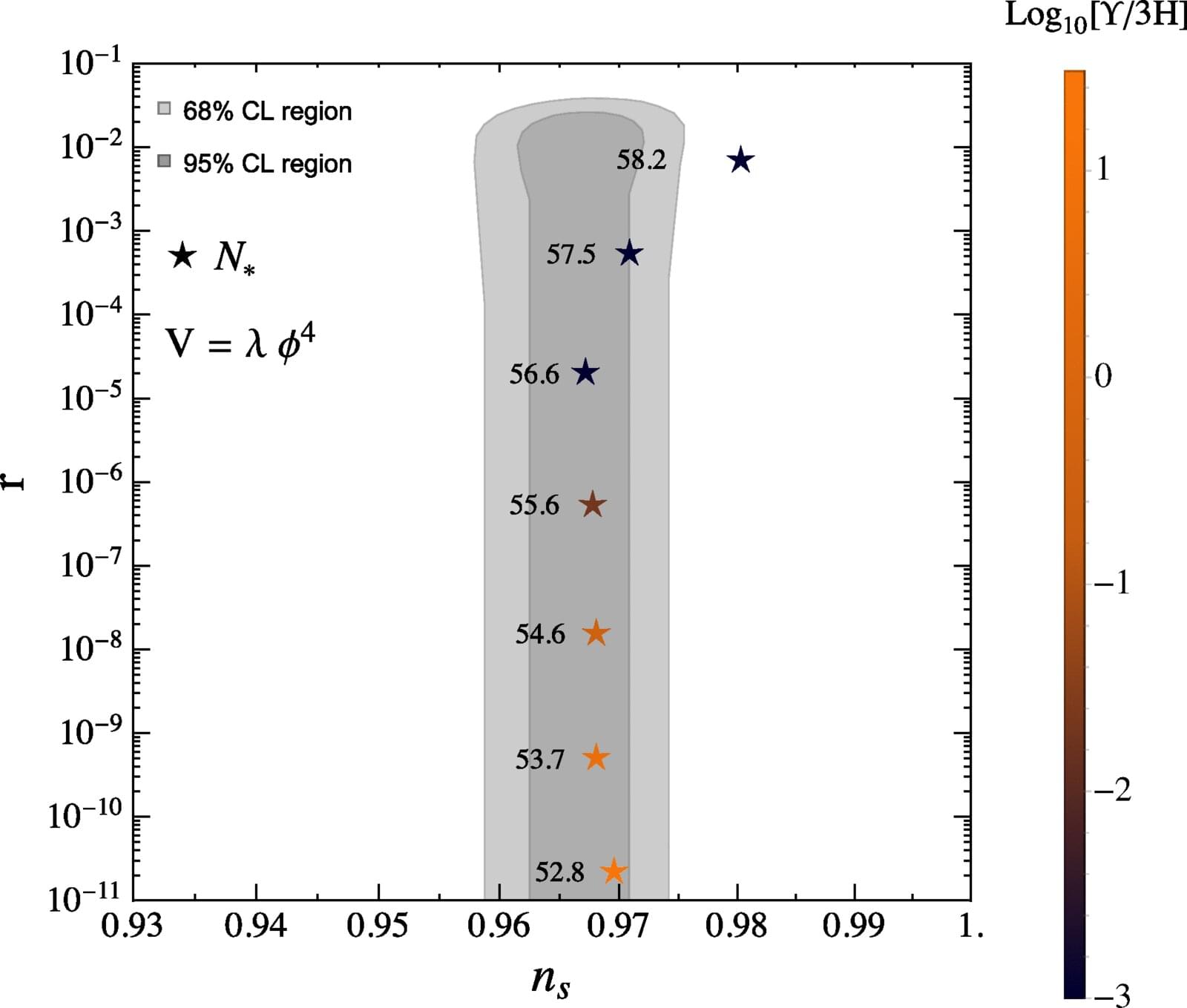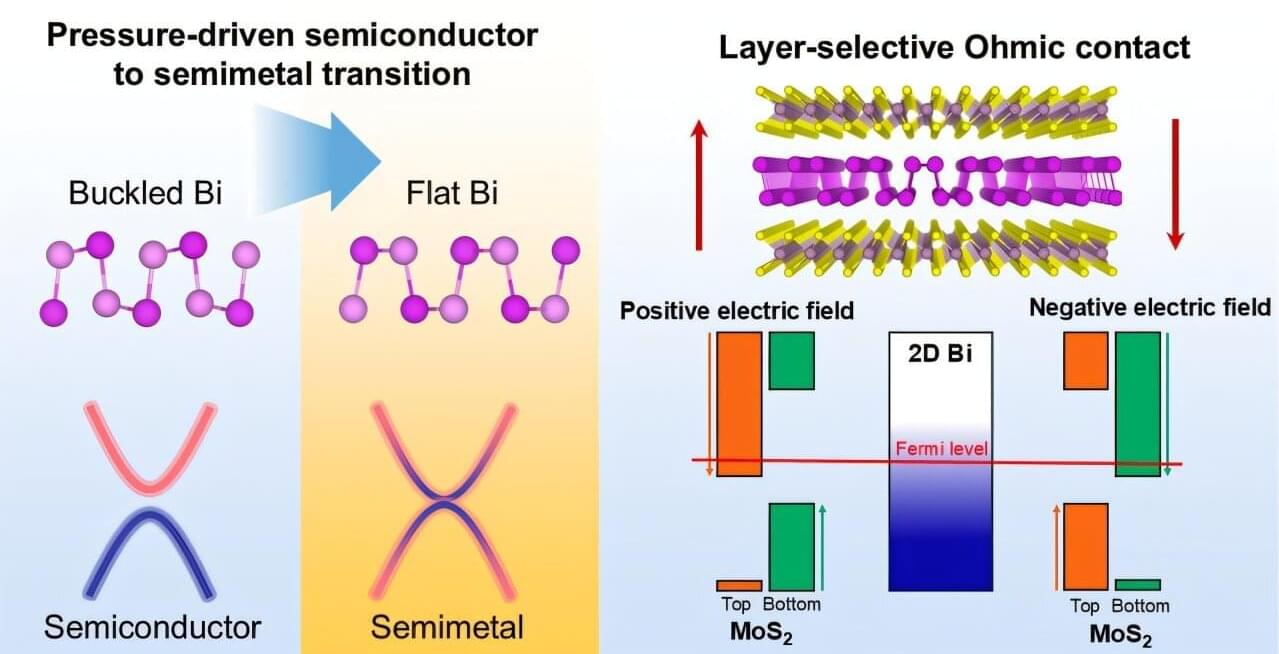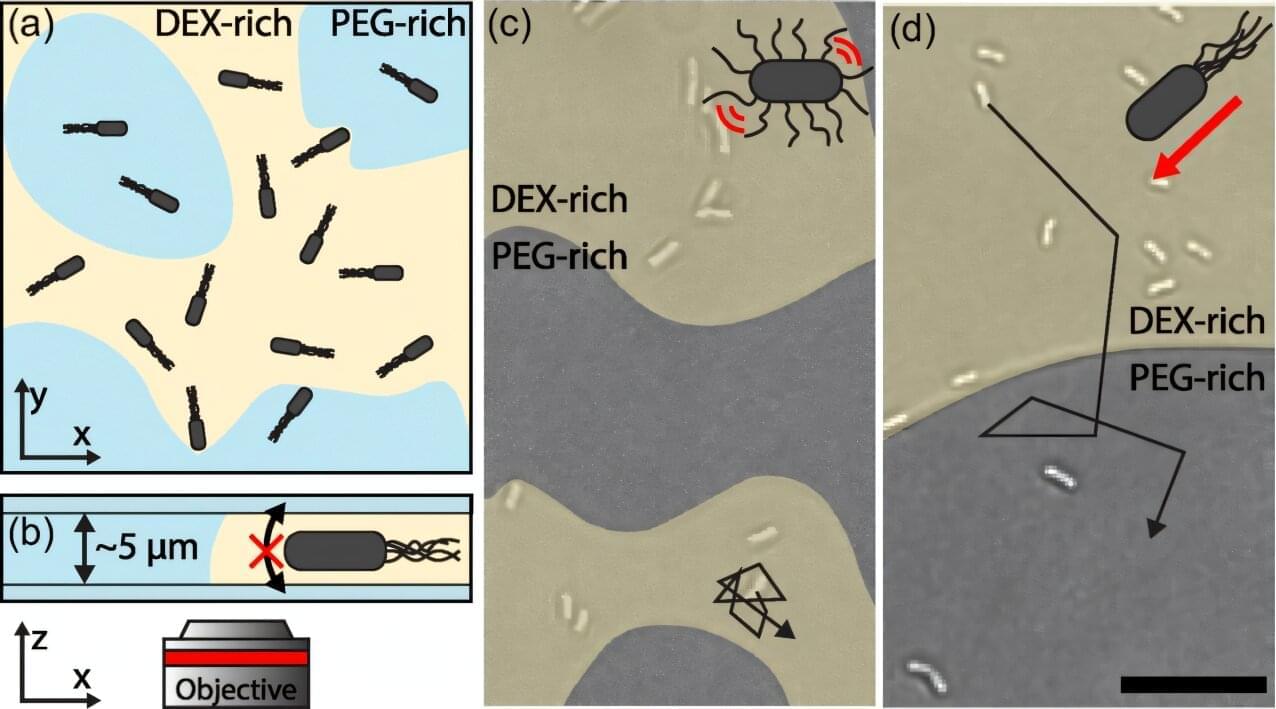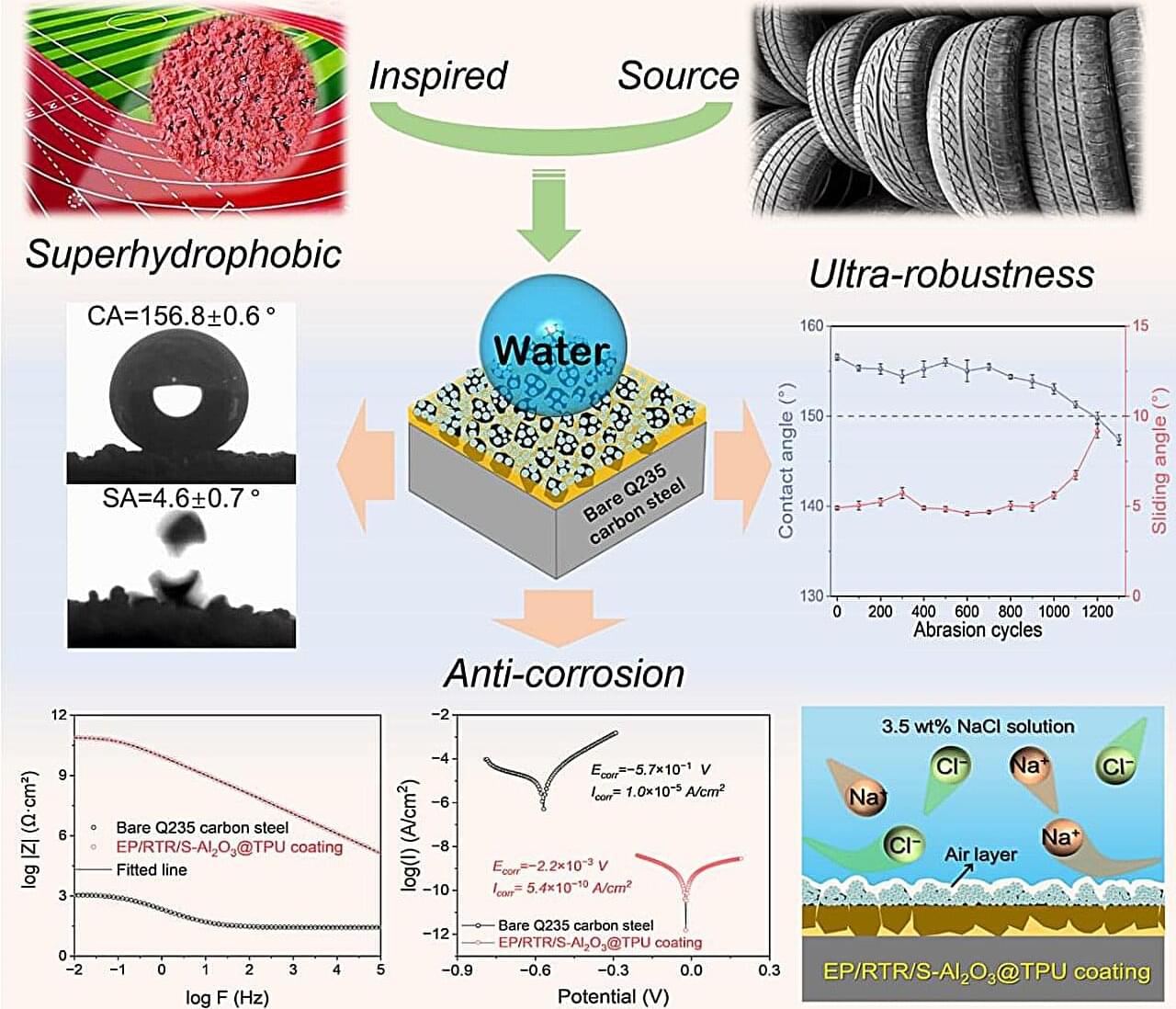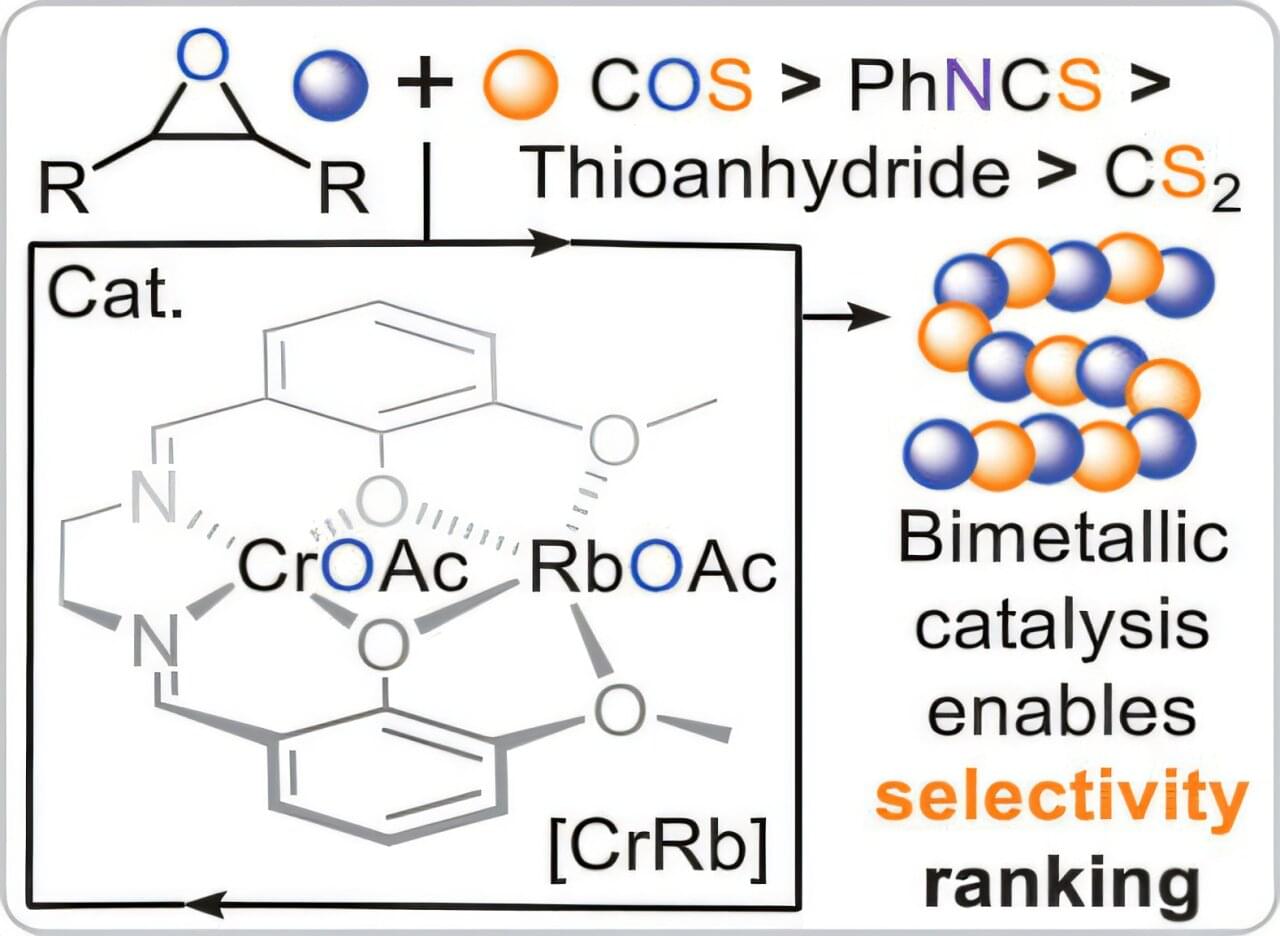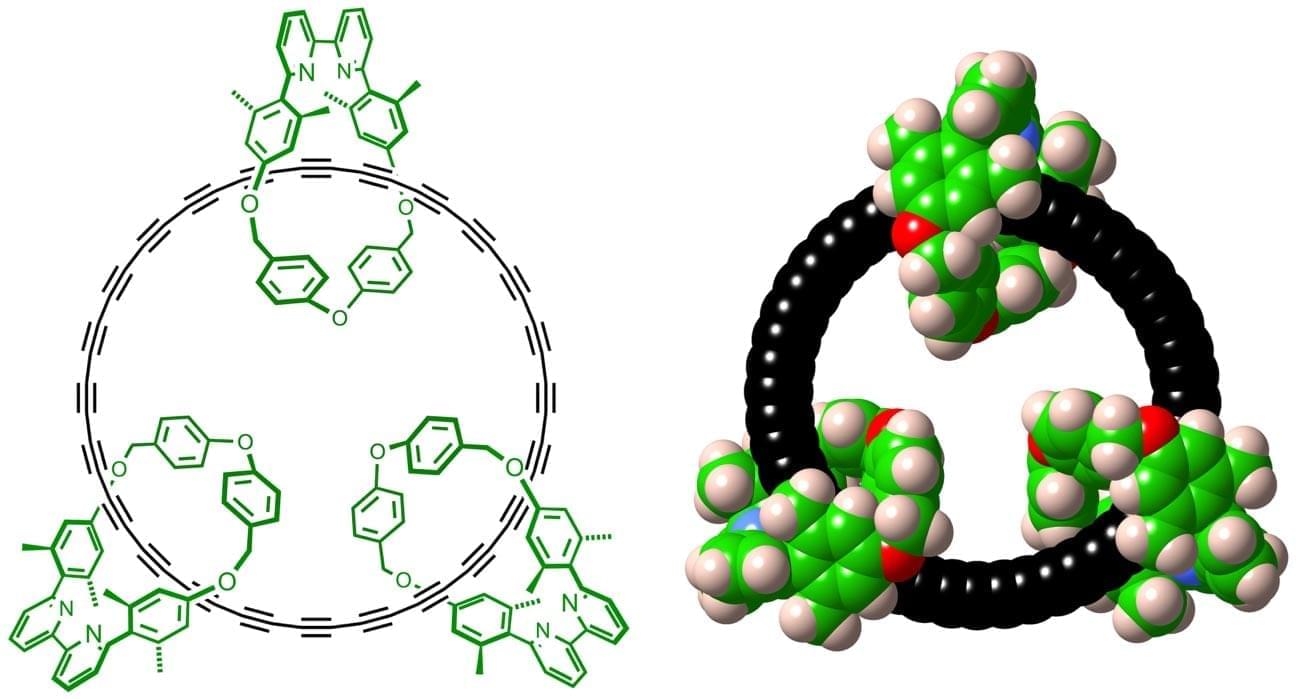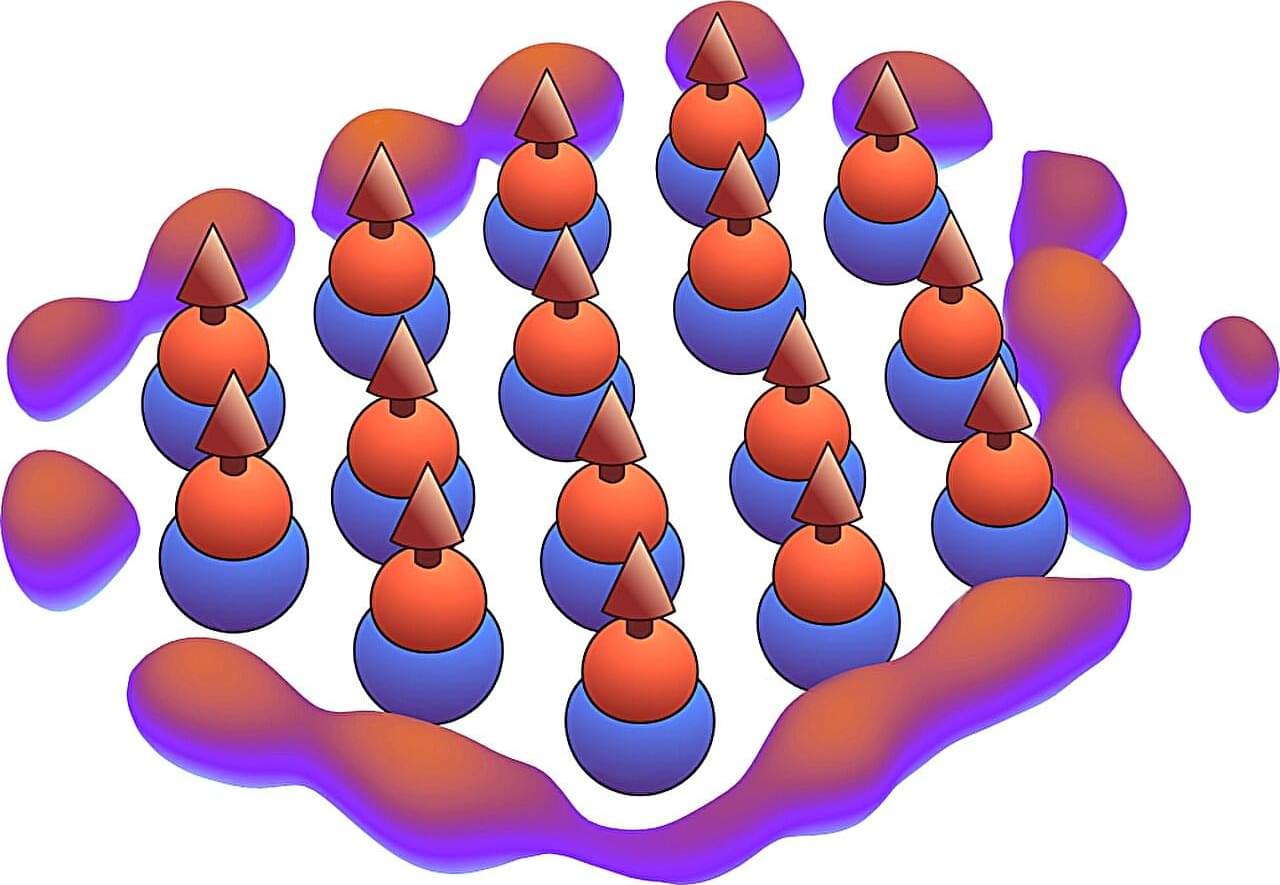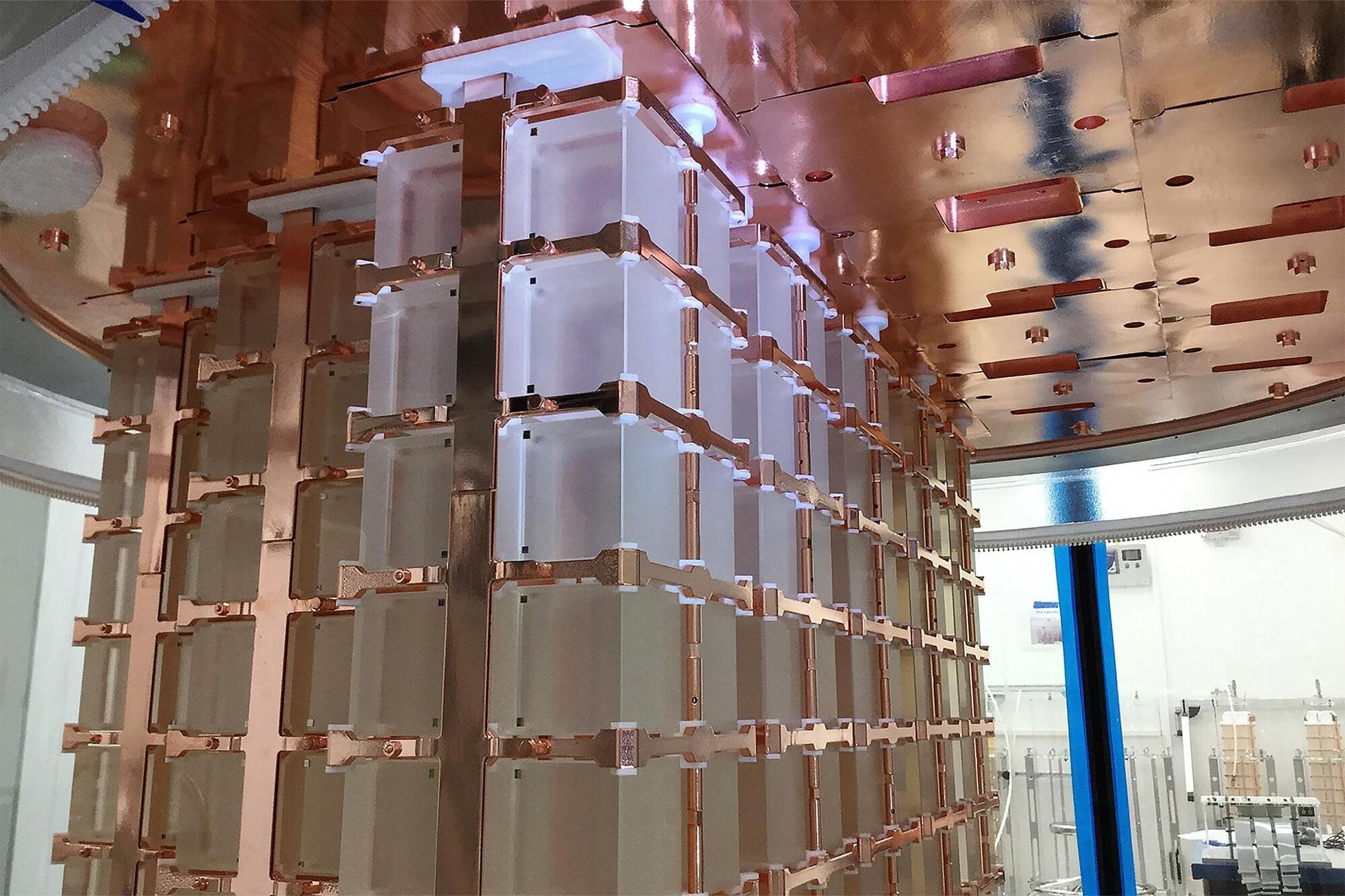Researchers from Google Quantum AI report that their quantum processor, Willow, ran an algorithm for a quantum computer that solved a complex physics problem thousands of times faster than the world’s most powerful classical supercomputers. If verified, this would be one of the first demonstrations of practical quantum advantage, in which a quantum computer solves a real-world problem faster and more accurately than a classical computer.
In a new paper published in the journal Nature, the researchers provided details on how their algorithm, called Quantum Echoes, measured the complex behavior of particles in highly entangled quantum systems. These are systems in which multiple particles are linked so that they share the same fate even when physically separated. If you measure the property of one particle, you instantly know something about the others. This linkage makes the overall system so complex that it is difficult to model on ordinary computers.
The Quantum Echoes algorithm uses a concept called an Out-of-Time-Order Correlator (OTOC), which measures how quickly information spreads and scrambles in a quantum system. The researchers chose this specific measurement because, as they state in the paper, “OTOCs have quantum interference effects that endow them with a high sensitivity to details of the quantum dynamics and, for OTOC, also high levels of classical simulation complexity. As such, OTOCs are viable candidates for realizing practical quantum advantage.”

